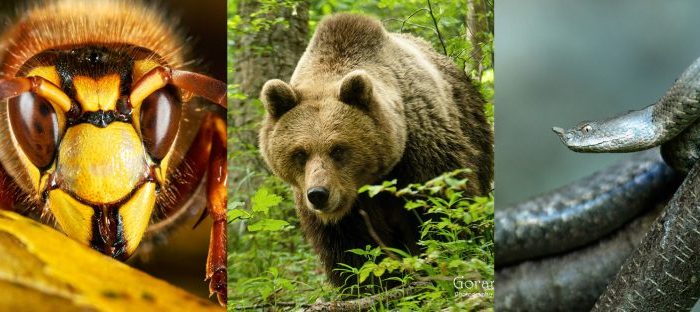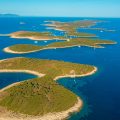Croatia is rich in nature and mostly safe, but a few dangerous animals exist. Learn which ones and how to stay safe during your adventures.
Table of Contents
Croatia is a stunning country of sun-drenched coasts, turquoise seas, forested mountains, crystal-clear rivers, and serene lakes. It’s a paradise for outdoor lovers, offering everything from island-hopping and beach days to hiking remote trails and exploring wild national parks.
When it comes to safety, Croatia is one of the safest countries in Europe—with very low rates of violent crime and almost no serious incidents involving wild animals. Since gaining independence in the 1990s, only a handful of animal-related incidents have been reported.
That said, nature is still wild in parts of Croatia, and it’s important to stay alert—especially when hiking in the mountains, wandering through forests, or venturing off the beaten path. A few potentially dangerous animals do live here, and knowing what they are (and how to avoid them) is key to staying safe while enjoying the country’s natural beauty.
Croatia is home to three of Europe’s most iconic predators: the brown bear, the wolf, and the elusive lynx. While wolves and lynx are extremely shy and rarely seen—even by seasoned wildlife trackers—the brown bear is far more common and not always afraid of approaching human settlements, especially in more remote regions.
🐻 The Brown Bear
If you’re hiking in the forested mountains of Gorski kotar or Velebit, you are in bear territory. Encounters are rare, but not impossible—especially with mother bears and cubs, who are highly protective.
To avoid surprises, make noise while walking, especially on narrow or overgrown paths. Bears will usually move away if they hear you coming.
If you do spot a bear:
Stay calm and don’t run.
Slowly turn and walk away without making sudden movements.
If attacked (extremely rare), lie on the ground face down and protect your head and neck with your hands and arms.
➡️ Read more about bear behavior and how to stay safe in the wild.
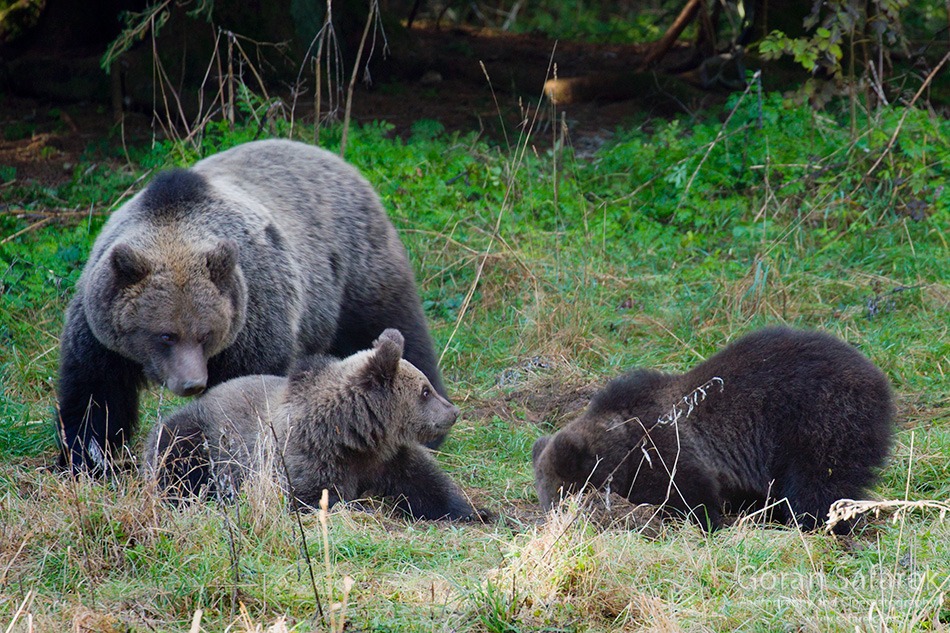
🐗 Not Just Bears: Wild Boars & Rutting Deer
While bears get most of the attention, they’re not the only animals you should be cautious of in Croatia’s wild spaces. Wild boars, especially sows with piglets, can also be unpredictable and potentially dangerous if startled or provoked.

Like with bears, your best tactic is avoidance:
Be aware of your surroundings.
Make moderate noise to alert animals of your presence.
If you see a boar—especially a mother with young—back away calmly and give them plenty of space.
- And don’t underestimate the deer, especially during the rutting (mating) season in autumn. Stags may become territorial and aggressive, sometimes even attempting to chase or charge at humans who wander too close.
➡️ The key in all cases: stay calm, keep your distance, and respect the animal’s space.
Read more about the deer rut in Kopački rit.
🐍 Venomous Snakes in Croatia: Know Before You Hike
Some of the most potentially dangerous animals in Croatia are snakes—specifically, three venomous species that hikers and nature lovers should be aware of.
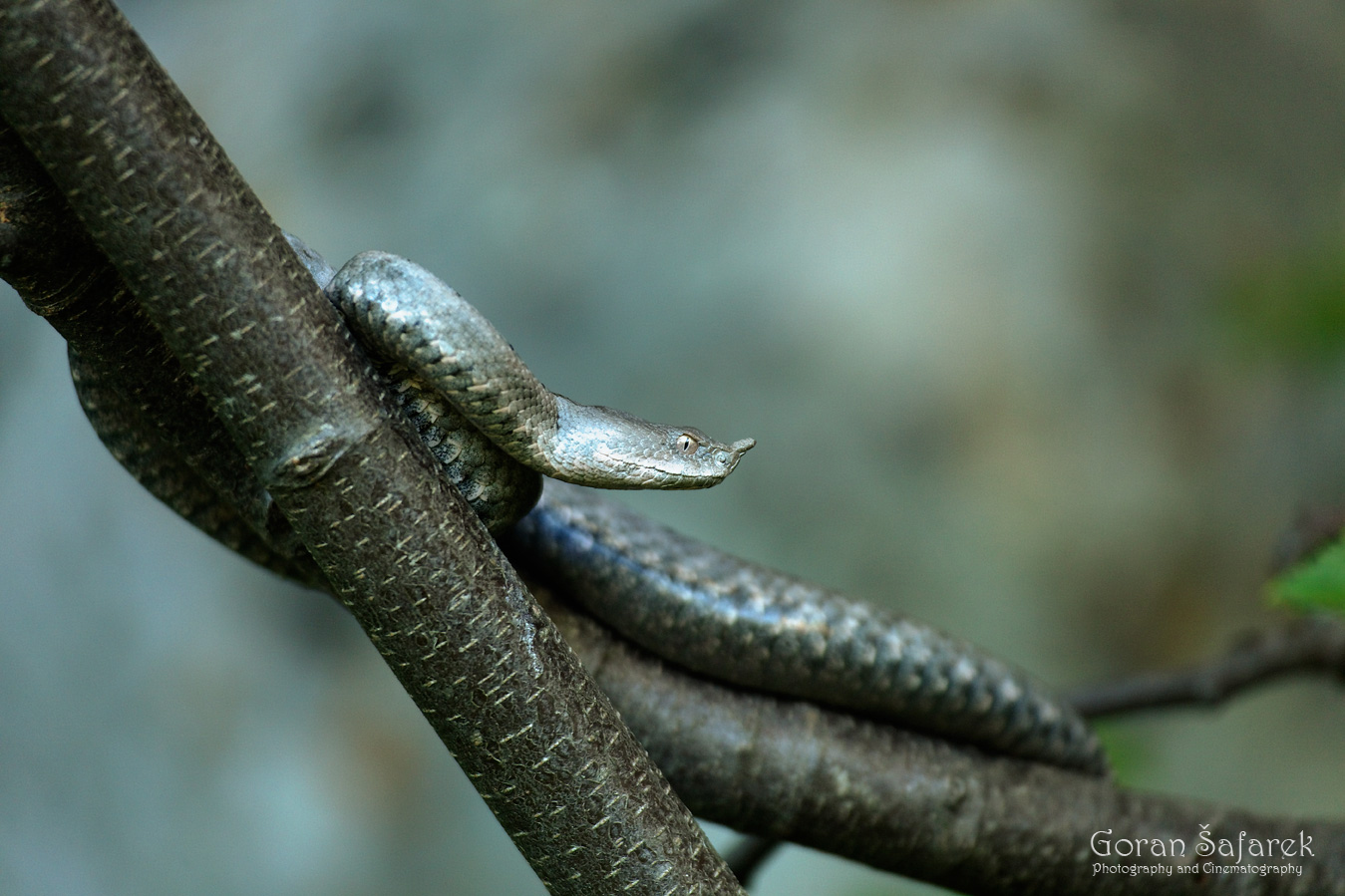
- Horned Viper (Vipera ammodytes) – Also called the long-nosed or nose-horned viper, this is the most venomous and recognizable due to the small horn on its nose.
- Common Viper (Vipera berus) – Known as the common adder, it’s widespread in many parts of Europe.
- Meadow Viper (Vipera ursinii) – Rare and highly localized, found only in remote areas like Dinara mountain.
These vipers live mostly in karst landscapes, mountainous regions, and along the coast, particularly in Dalmatia, Kvarner, Istria, and parts of inland Croatia such as Medvednica, Samoborsko gorje, and Kalnik.
Although bites can be painful and medically serious, fatalities are extremely rare. In fact, about half of all viper bites are “dry”—meaning no venom is injected.
🧭 What to Do If You See a Snake:
- Don’t panic.
- Turn and calmly walk away.
- Never try to kill or move it. Most bites happen during these actions.
🆘 What to Do If You’re Bitten:
- Do NOT cut, suck the wound, or use heat.
- Stay as calm as possible—panicking spreads venom faster.
- Seek immediate medical help—antivenom is available at hospitals.
➡️ With awareness and caution, snakes are rarely a threat. Admire them from a distance—and leave them be.
🕷️ Venomous Creepy-Crawlies: Spiders, Scorpions & Centipedes
While encounters are rare and most bites or stings are not life-threatening, Croatia does have a few venomous invertebrates worth being aware of—especially if you’re staying in rural or coastal areas.
🕷 Black Widow Spiders
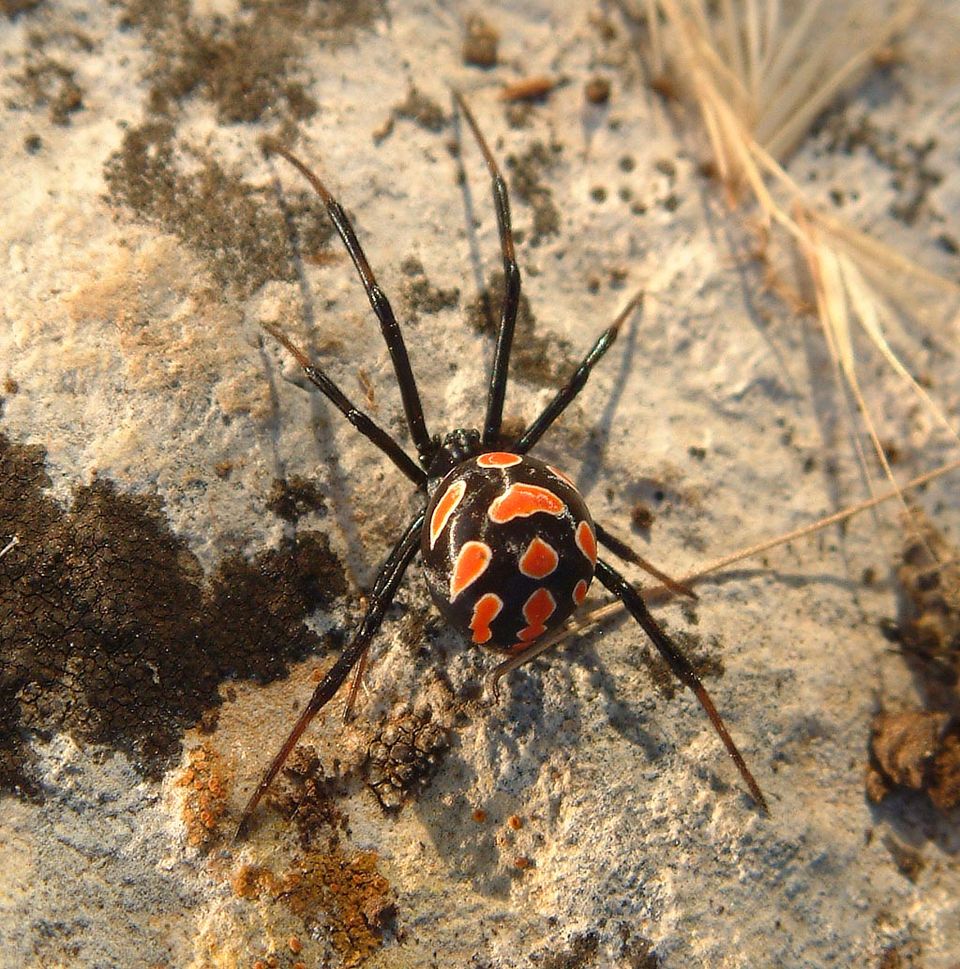
The European black widow (Latrodectus tredecimguttatus) can be found in Istria and other warmer parts of Croatia, typically around gardens, stone walls, sheds, and fences.
- They are shy and bite only in self-defense, often when accidentally pressed or disturbed.
- The bite can cause intense pain, muscle cramps, and nausea, and medical attention is recommended.
🦂 Scorpions
Yes, Croatia has scorpions! But don’t worry—they’re small and generally not dangerous. Several species live mostly in the Mediterranean and coastal areas, hiding under rocks or in stone crevices.
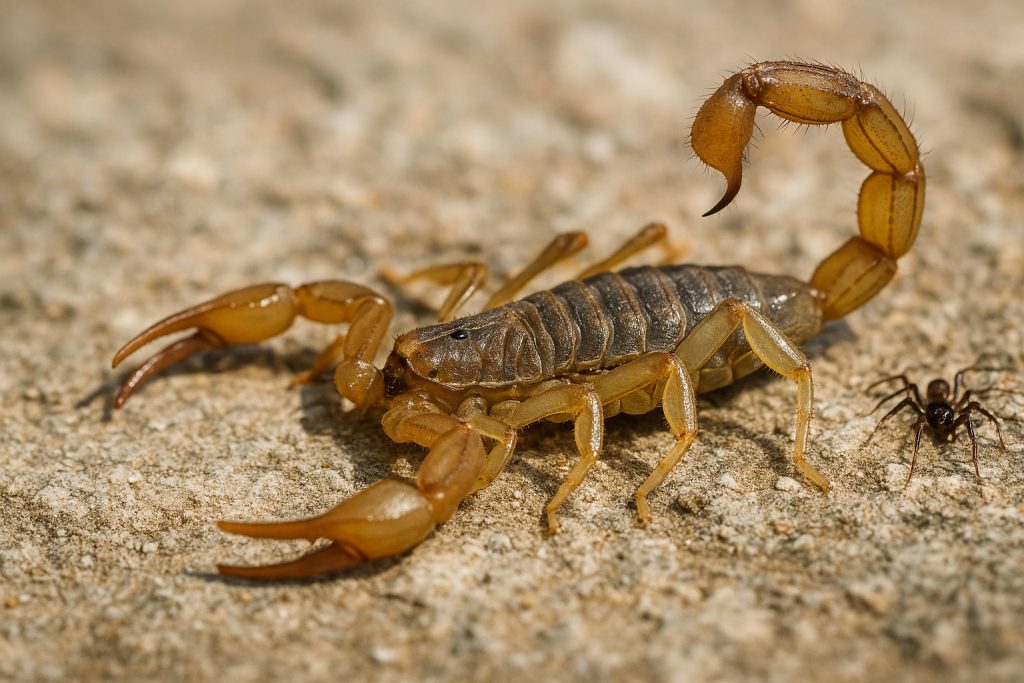
- Their sting is similar to a wasp’s—painful but not dangerous, unless you’re allergic.
🐛 Megarian Banded Centipede
This striking black-and-yellow centipede (Scolopendra cingulata) looks like something out of a horror movie—and packs a punch.
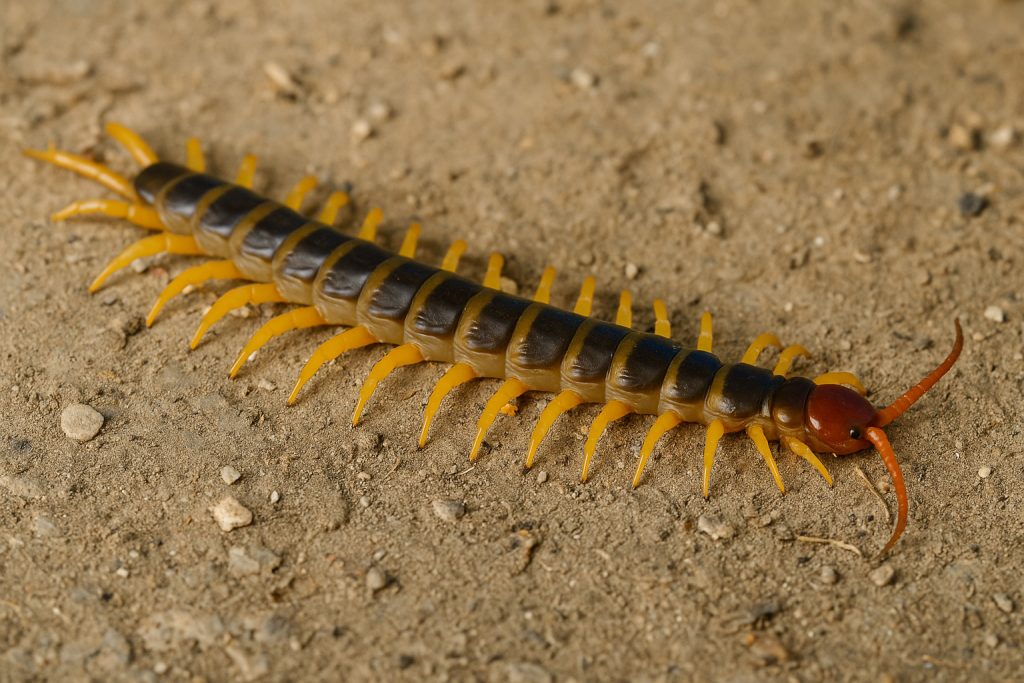
- It’s found mostly in Dalmatia and other coastal regions, especially in rocky or wooded areas.
- It may bite if handled, and although not deadly, the bite can cause swelling, burning pain, and localized reactions.
➡️ If bitten or stung by any of these creatures, clean the wound, monitor symptoms, and visit a doctor if severe pain, allergic reactions, or unusual symptoms appear.
🐝 Buzzing Threats: Bees, Wasps & Hornets
Not all dangers in nature come on four legs or with fangs—some fly and sting. In Croatia, bees, wasps, and hornets are common across the country, especially during the warmer months.
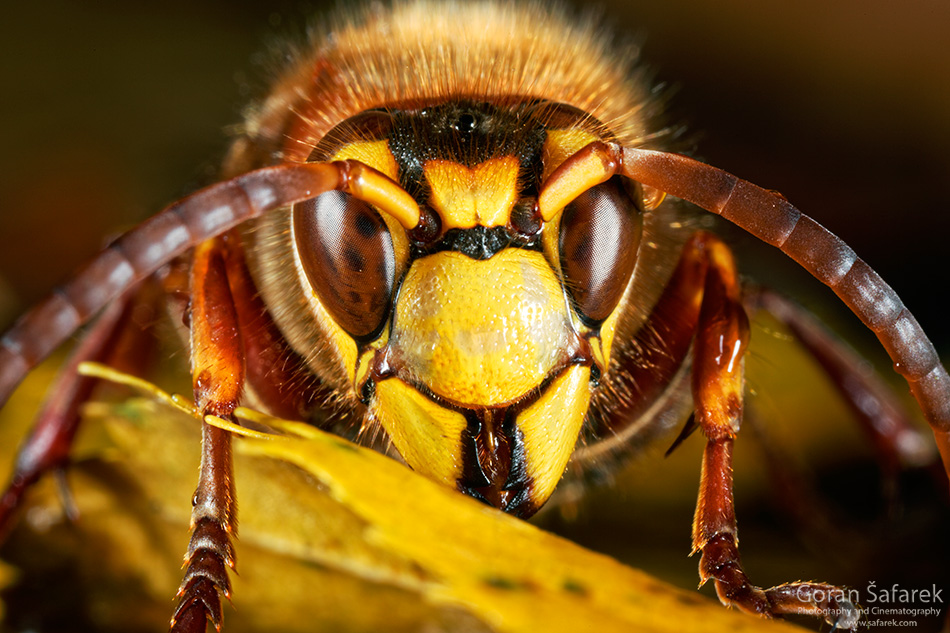
- Bees are generally peaceful and will sting only when provoked—usually in defense.
- Wasps, on the other hand, can be aggressive, especially late in summer when they become attracted to food and drinks. They’re a common nuisance at picnics and seaside cafés.
- Hornets are the largest of the group and can deliver a painful sting, though they rarely attack unless threatened.
Although allergic reactions are rare, stings can be dangerous for those with insect venom allergies, so always carry appropriate medication if you’re sensitive.
🧭 What to Do:
- Avoid wearing strong perfumes or bright floral prints when hiking or eating outdoors.
- Keep food and drinks covered.
- Don’t swat—stay calm and slowly move away.
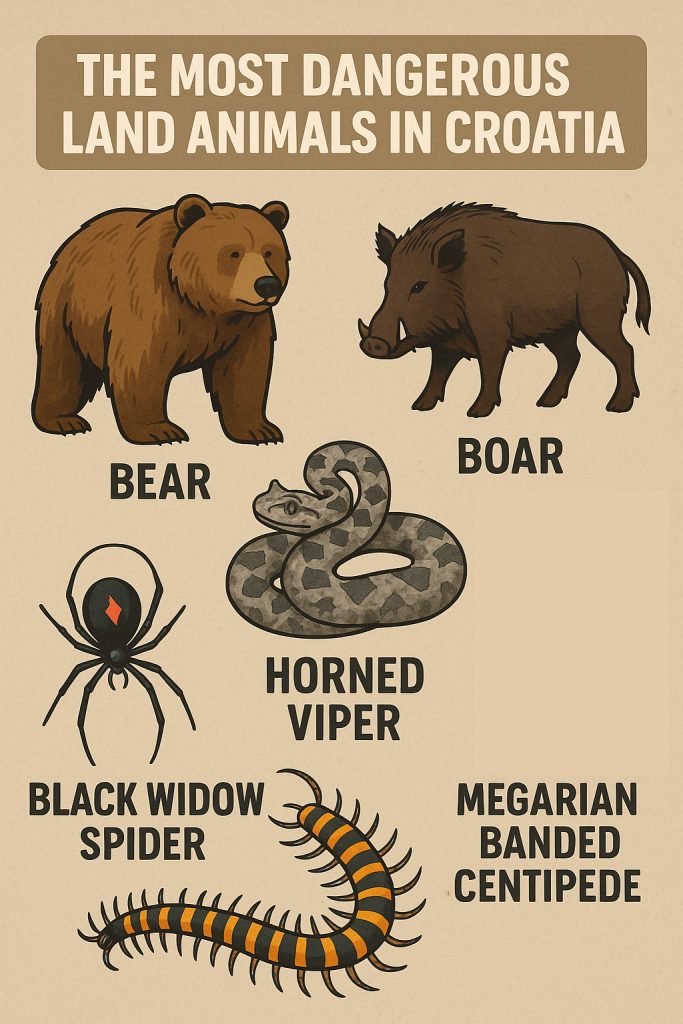
🌊 Dangerous Marine Life in the Adriatic Sea
Croatia’s beautiful Adriatic Sea is generally safe for swimming, snorkeling, and diving—but a few venomous or painful marine creatures do inhabit its waters.
🪼 Jellyfish
Several jellyfish species float in the Adriatic, especially during warmer months. While not deadly, some can cause painful stings, irritation, and redness. The mauve stinger (Pelagia noctiluca) is small, pink-purple, and bioluminescent, often glowing at night. Despite its beauty, it delivers a very painful sting that can cause burning, rash-like welts, and intense discomfort.
- First aid tip: It may sound odd, but urine can help neutralize the venom. Rinsing with seawater (not freshwater) also helps.
🪸 Bearded Fireworm & Sea Anemones
The bearded fireworm (Hermodice carunculata) has recently appeared in Croatian waters. Its bristles can inject venom, causing burning pain, swelling, and redness.
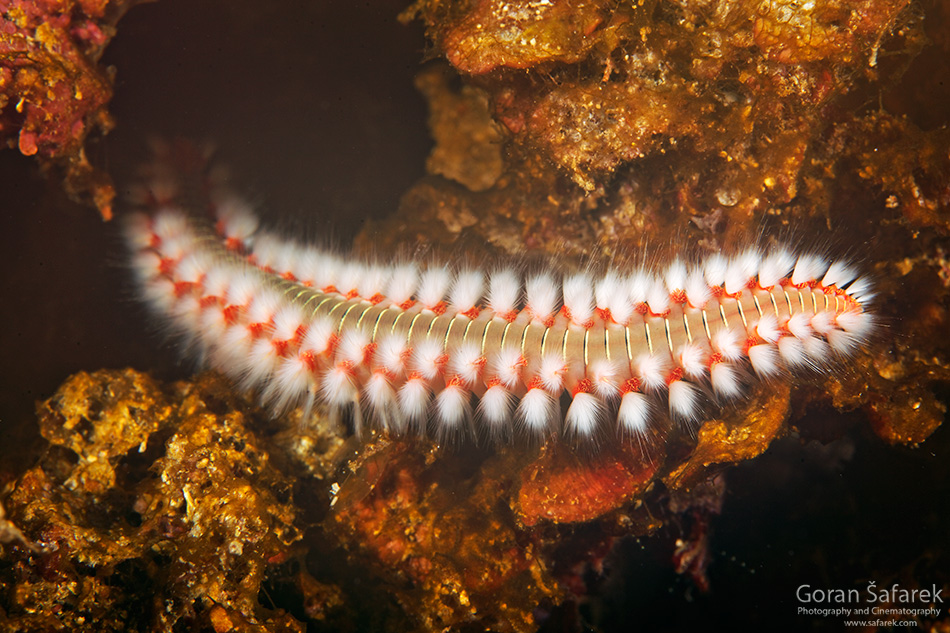
- Similarly, sea anemones, while beautiful, can sting on contact, so it’s best not to touch them.
🐟 Greater Weever Fish
One of the few truly venomous fish in the Adriatic, the greater weever hides in shallow, sandy seabeds. Step on it, and its sharp dorsal spine can deliver a very painful sting.
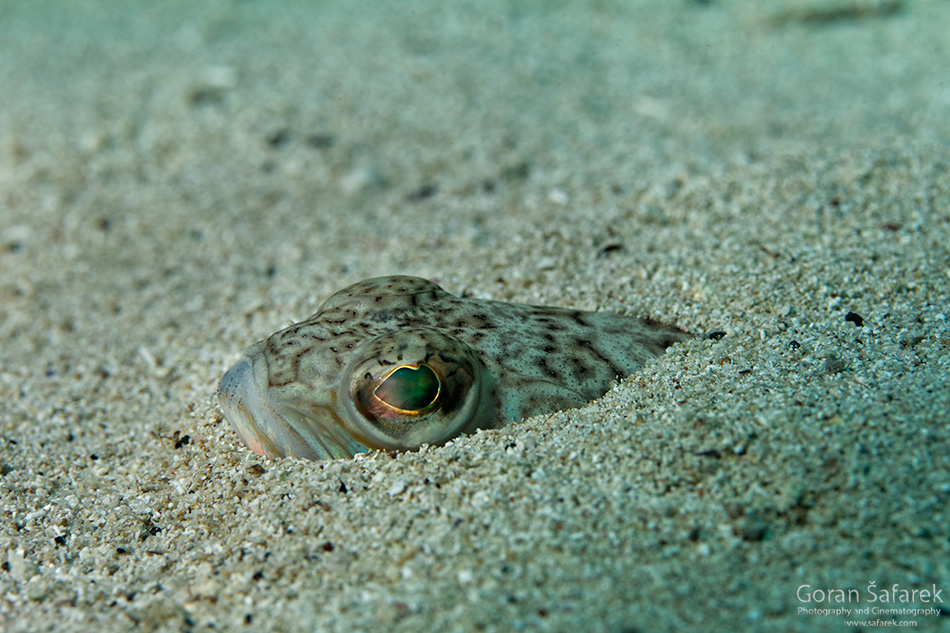
- Treatment tip: The venom is heat-sensitive, so immerse the affected area in hot water (as hot as tolerable, not scalding) for relief.
🦔 Sea Urchins
Common along rocky shores and reefs, sea urchins are not venomous but their long, brittle spines can cause deep, painful punctures. Always watch your step while swimming or walking on rocky seabeds.
🦈 Sharks
Yes, sharks live in the Adriatic—but relax, they’re mostly small, harmless species. Large sharks are exceedingly rare and almost never come close to shore.
➡️ Croatia’s sea life is as fascinating as it is safe—just respect your surroundings, wear water shoes when needed, and be mindful of where you step or swim.

